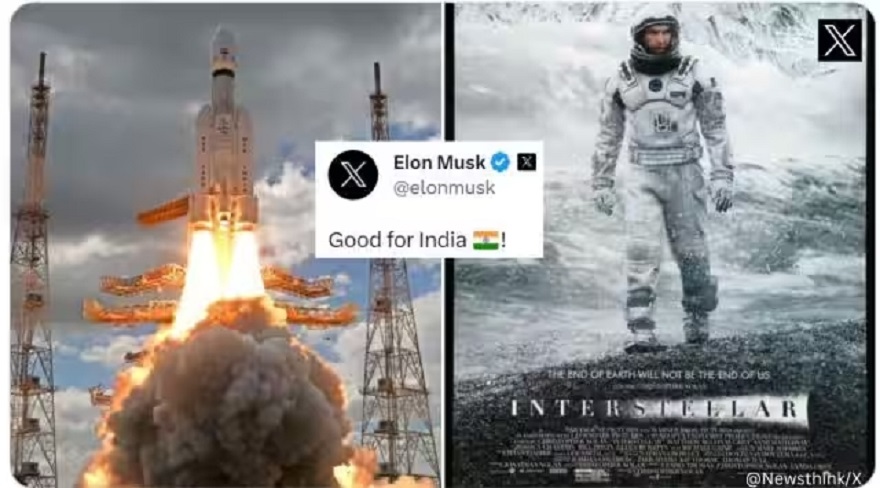SpaceX director Elon Musk reacted to the announced cost of the Indian Chandrayaan-3 mission, which recently landed at the south pole of the Moon. He was surprised that it cost less than the Hollywood movie “Interstellar”.

Elon Musk reacted to the landing of the Indian spacecraft
The Chandrayaan-3 mission, which successfully landed the Vikram lander on the surface of the Moon, continues to generate more and more sensational statements. India became the fourth country in the world that could ensure a soft landing of its probe on the surface of our moon and the first to do so near its pole.
This time, Elon Musk reacted to the event. He did it on the site X, previously known as Twitter. An account called Newsthink reported that the cost of the Chandrayaan-3 mission was estimated at only 6.15 billion Indian rupees, or 75 million US dollars.
Mask, whose thoughts reflect this account, was struck by the fact that such a serious scientific mission cost half as much as Christopher Nolan’s film Interstellar, which had a budget of USD 165 million. The film, released a few years ago, tells about a flight through a black hole to another Star System.
Financial calculations from users X
Musk’s surprise was also picked up by other users of the X network.They remembered that this was the third lunar mission of India and thought about the space future of this state.
“That’s insane. I love entertainment and Interstellar is one of my favourite movies, but humanity should spend way less money entertaining ourselves and way more money exploring and trying to understand the nature of our universe,” commented one of the X users.
“Well, India spent $75 million in INR ₹6.15 billion If The currency exchanges were equal, it is still more than 6 billion cost It’s likely that by 2075 both currencies will be around equal INR 615 crore is a very big amount in India,” another user of the network added.
“That’s the cost of the third mission. They would leverage the lessons learnt and technologies from the past 2 missions hence those costs should also be considered,” wrote a third.
According to indianexpress.com
Follow us on Twitter to get the most interesting space news in time
https://twitter.com/ust_magazine

